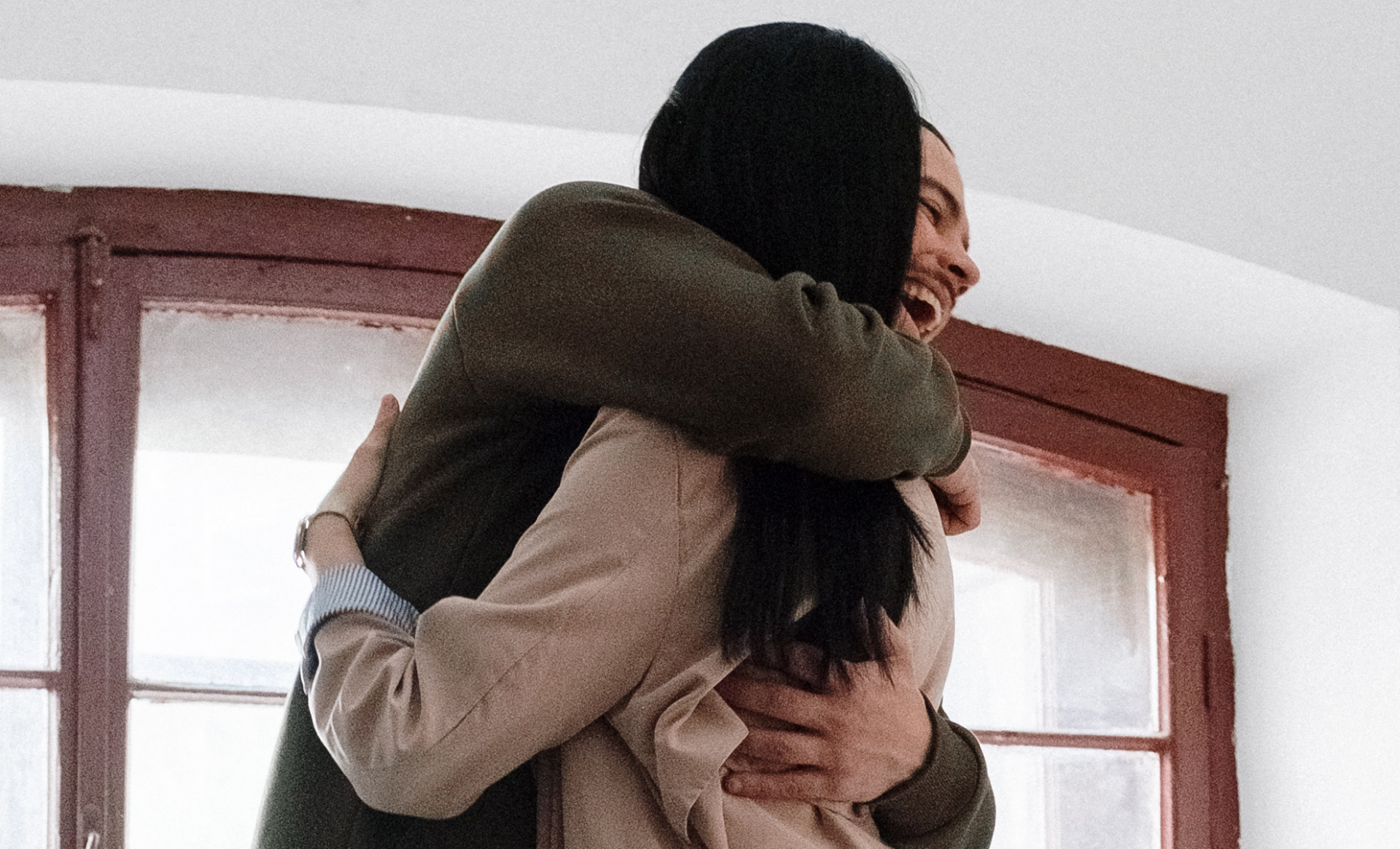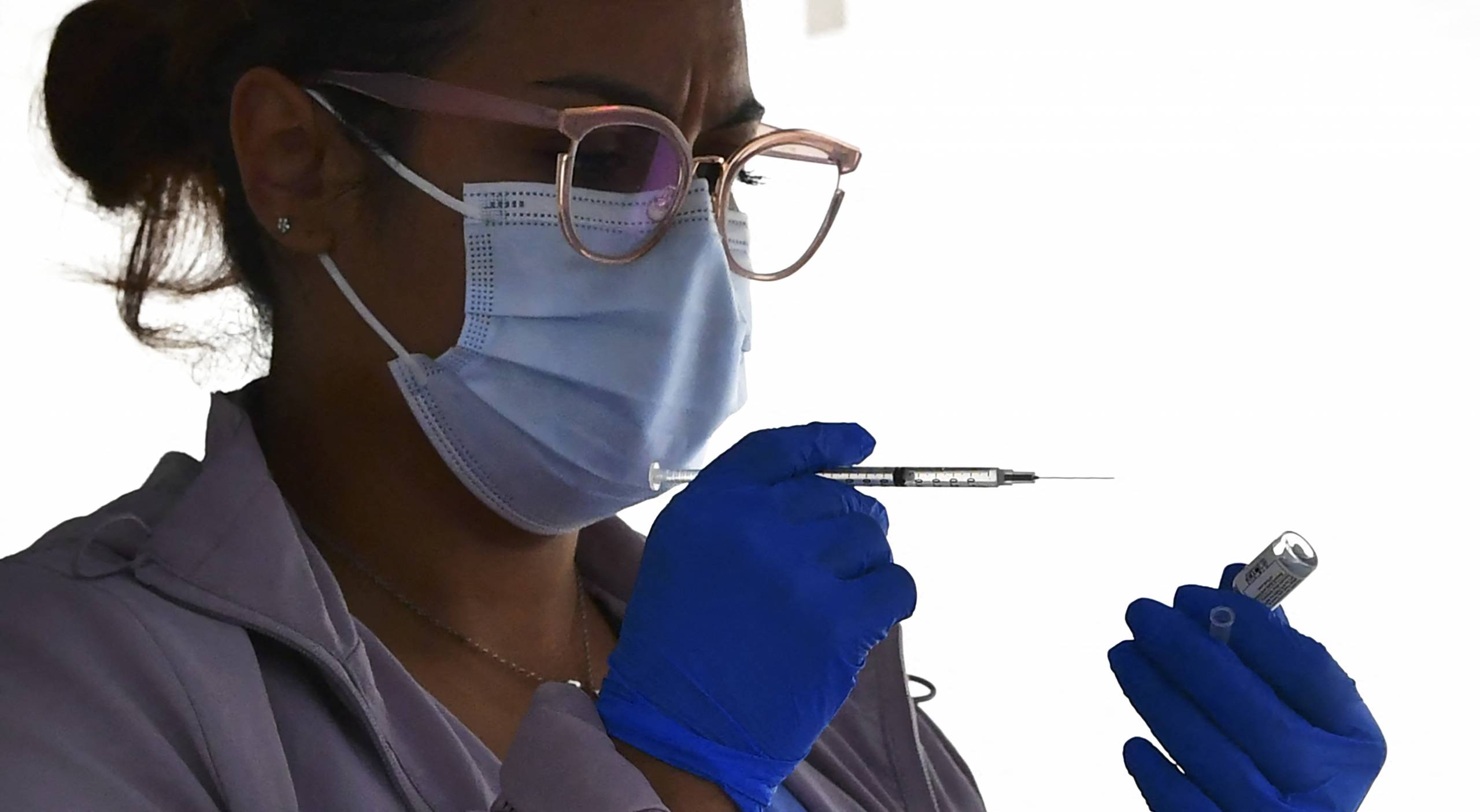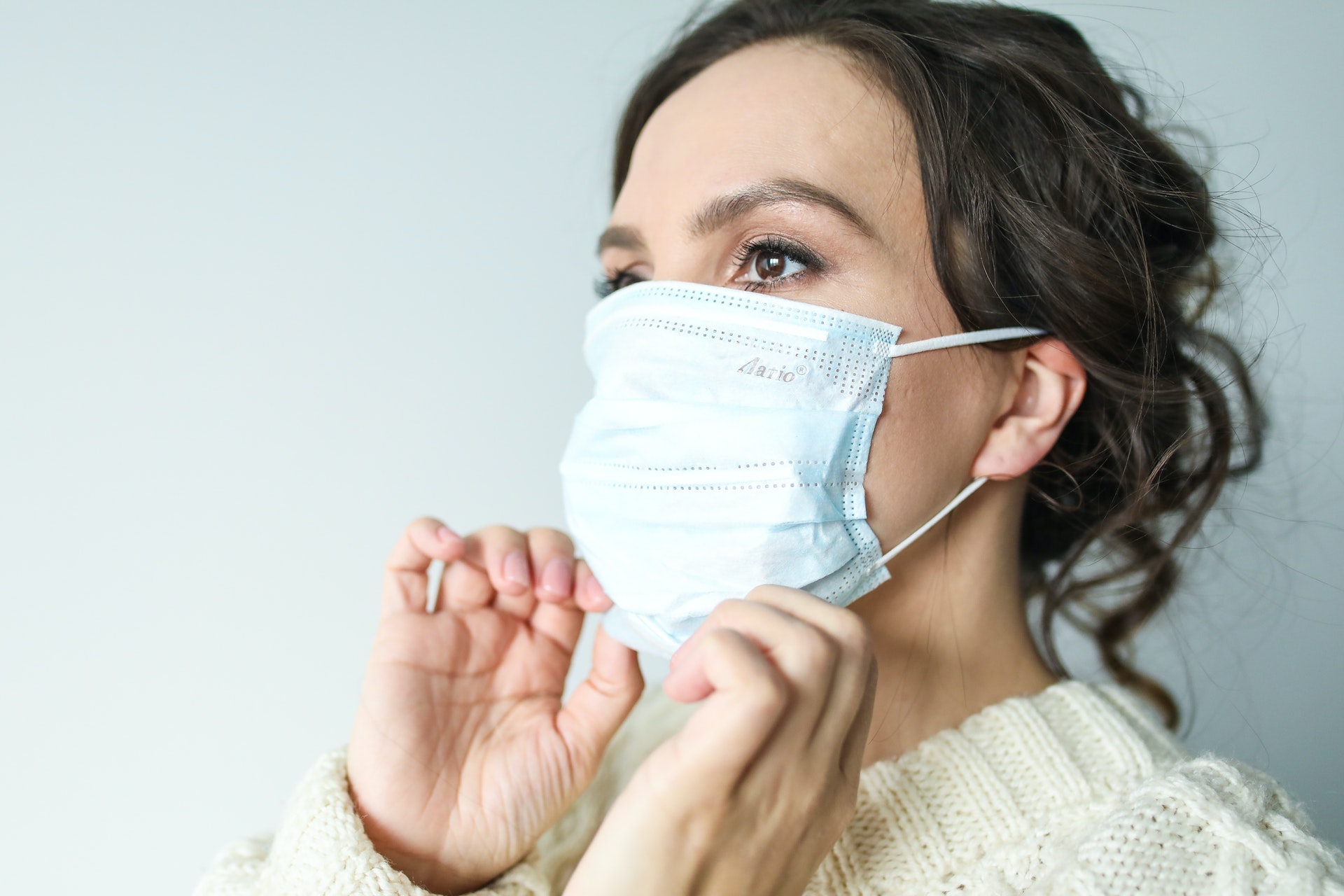Go straight to:
- Where do I still have to wear a mask?
- Is it safe to hang out with unvaccinated friends?
- How does this work with unvaccinated kids?
- Remind me: What does 'fully vaccinated' mean?
Almost half of California's population is fully vaccinated against COVID-19.
And now, as of June 15, the state has reopened for "business as usual" — which includes scrapping the long-standing mask mandate and officially adopting the Centers for Disease Control and Prevention's earlier guidance that fully vaccinated people no longer need to wear masks in most places.
(If you're feeling like you already heard about this CDC update, you're not imagining it: These are the same guidelines released back on May 13. Unlike other states, California has waited a month to adopt them.)
"Some people are nervous and some people are ready. And I can just tell you scientifically, we are ready," said Dr. Monica Gandhi, infectious disease expert and professor of medicine at UCSF, about this reopening.
"These vaccines absolutely work against variants ... it really is safe to ditch that mask inside if you're vaccinated," said Gandhi.
With all this in mind, you might be wondering: What exactly can you now do after you're fully vaccinated? Where do you still have to wear a mask? And, perhaps more importantly, what should you not do?
Remember: Even though the official guidance has been updated, many fully vaccinated people will be choosing to still wear their mask in certain settings, despite the rules saying they don't have to. Read more about the reasons you might consider holding onto your mask a little longer.
If I'm Fully Vaccinated, in Which Settings Can I Ditch My Mask?
As of June 15, pretty much everywhere — with a few exceptions.
Now that California has adopted the CDC's latest guidance, the only places that fully vaccinated people are still required to wear a mask are:
- On public transit, like BART and Muni (because the Transportation Security Administration has extended mask requirements across all transportation networks throughout the United States — meaning buses, rail systems, planes and at airports — through Sept. 13)
- Indoors in K-12 schools and child care settings
- Health care settings, like hospitals
- Homeless shelters, emergency shelters and and cooling centers.
Individual businesses, like stores, may also require customers wear masks. Your workplace may also have its own rules about you, as an employee, wearing a mask.
According to the CDC, here are examples of the outdoor situations in which fully vaccinated Californians now no longer need masks. The asterisk* shows which activities still require unvaccinated people to wear a mask:
- Walk, run, wheelchair roll or bike outdoors with members of your household
- Attend a small, outdoor gathering with fully vaccinated family and friends
- Attend a small, outdoor gathering with fully vaccinated and unvaccinated people, particularly in areas of substantial to high transmission*
- Dine at an outdoor restaurant with friends from multiple households*
- Attend a crowded outdoor event like a live performance, parade or sports event*
(Because all these updates can get confusing: The CDC's earlier guidance about outdoor masking stated that the only place fully vaccinated people had to wear a mask outside was in crowds. This newest guidance for California, however, has removed this requirement.)
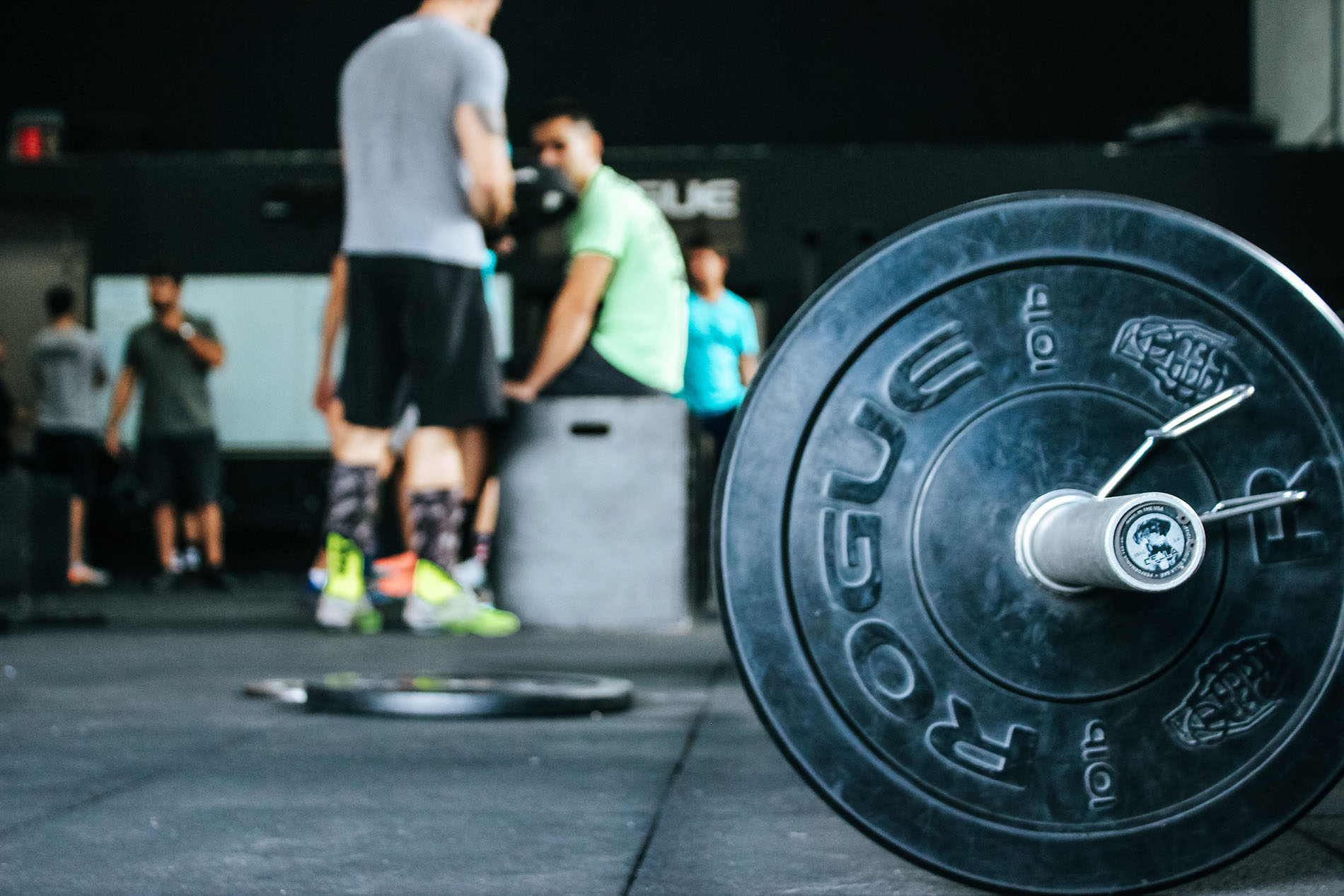
Examples of indoor settings in which fully vaccinated Californians now no longer need masks (asterisk* shows which activities still require unvaccinated people to wear a mask):
- Visit a barber or hair salon*
- Go to an uncrowded, indoor shopping center or museum*
- Attend a small, indoor gathering of fully vaccinated and unvaccinated people from multiple households*
- Go to an indoor movie theater*
- Attend a full-capacity worship service*
- Sing in an indoor chorus*
- Eat at an indoor restaurant or bar*
- Participate in an indoor, high-intensity exercise class*
Because it might not always be obvious ahead of time what businesses or locations might require you to put on a mask regardless of your vaccination status, it's a good idea to still bring a mask with you when you leave your home ... just in case.
The short version: If you're fully vaccinated, you can go mask-free in pretty much all settings, with important exceptions.
What About Hanging Out With Unvaccinated Friends?
If you're fully vaccinated and you're meeting up with a friend who for whatever reason hasn't got their vaccine yet, the CDC's guidance now effective in California says that you don't have to wear your mask around them — indoors or outdoors.
If your unvaccinated friend is immunocompromised, or otherwise at high risk for getting very sick from COVID, you may want to chat to them about their preferences around masking. Even though your chances of transmitting the coronavirus to them are low as a fully vaccinated person, if masking up makes everyone involved feel safe and more comfortable, it might be something to consider. Read more about vaccinated people wanting to mask around people with health conditions.
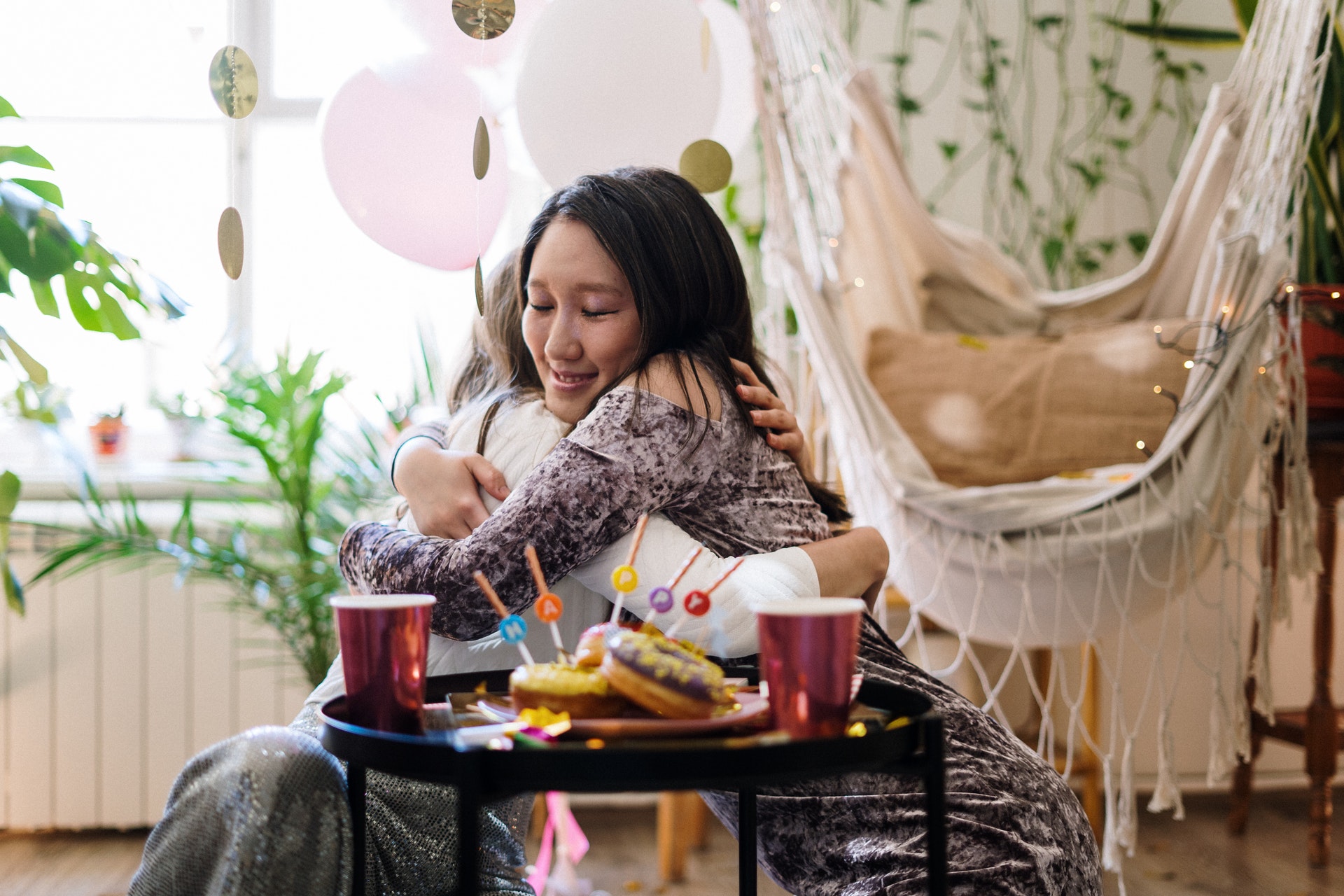
You might also stay vigilant when it comes to the size of any gathering.
"The numbers matter because it's just a matter of how many noses and mouths from different risk groups come together," said Dr. Peter Chin-Hong, a professor of medicine and infectious disease specialist at UCSF. "The more people you bring together [vaccinated or unvaccinated], the higher the chances of somebody who didn't respond to the vaccine, and somebody who might have COVID might be in a larger group. So it's just really a statistical game."
The short version: The CDC's guidance says you don't need a mask around unvaccinated people — but there a few instances in which you might still consider it.
How Does All This Work Around Unvaccinated Kids?
Are indoor play dates/hangouts OK if the adults are all vaccinated but the kids aren't?
While younger children are at lower risk of severe disease if they do get infected, the risk "is not zero," said Dr. Preeti Malani, an infectious disease specialist and chief health officer at the University of Michigan. And kids can transmit to others, so you still need to be thoughtful about your social bubble.
Outdoor play dates are safer, and Dr. Cassandra Pierre, an infectious disease specialist at Boston Medical Center, said it's probably fine to let the kiddos go maskless if they are outside — provided there aren't variants of concern circulating widely in your community.
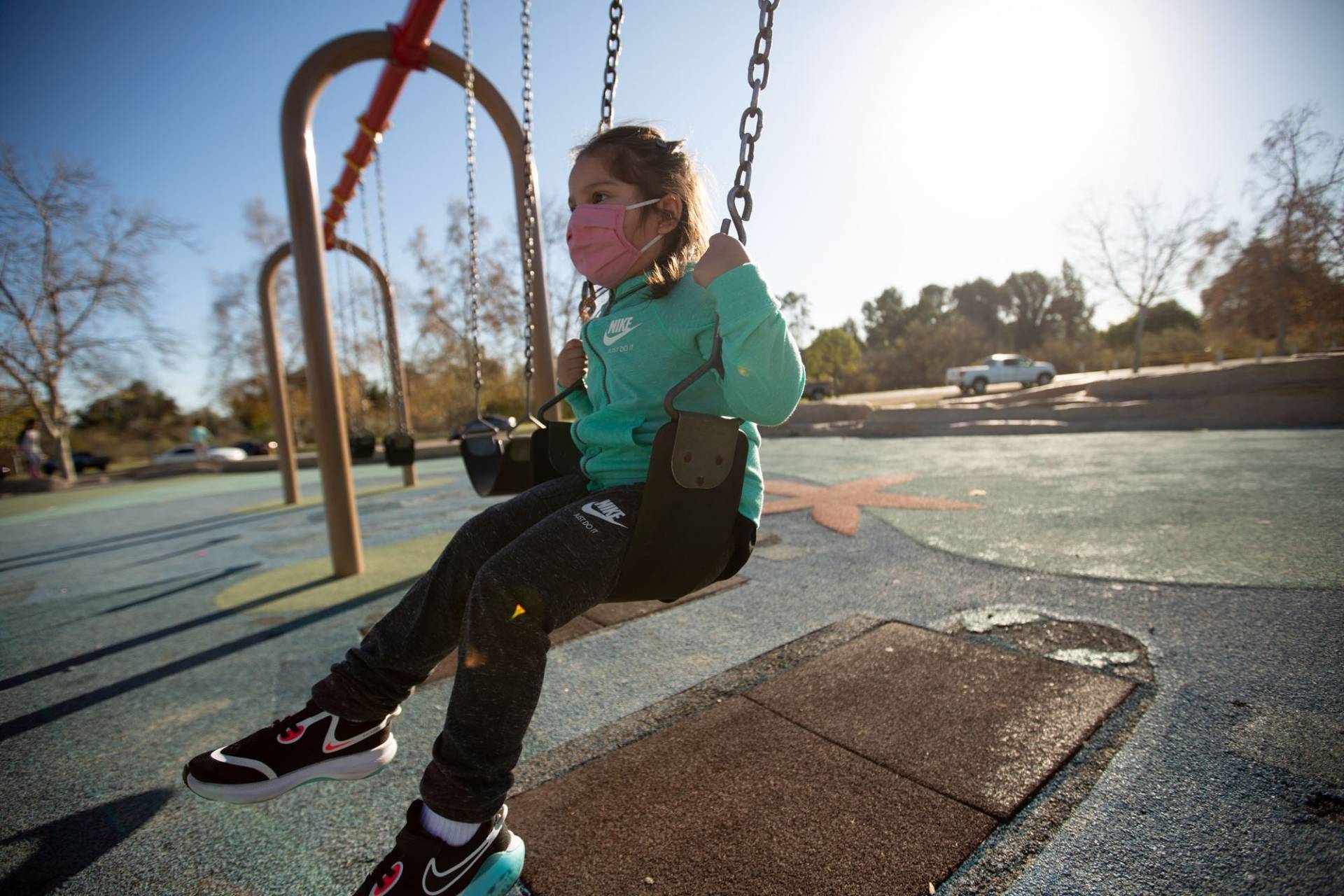
If you want the kids to play indoors, make sure you have an honest conversation with the other family about their risk factors. Did they just fly back from vacation in a spot where variants of concern are circulating widely? Do their kids play on a sports team that just had a COVID-19 case? Have they had a sleepover at someone else's house?
"The point is, you have shared risk and shared responsibility in terms of play dates," Malani said.
As for how many families can join the indoor play date? Given CDC guidelines about meeting up with unvaccinated households, Pierre suggests limiting it to one family at a time.
Dr. Monica Gandhi is an infectious disease doctor at UCSF, and her interpretation is more liberal: If the kids are all low-risk and the adults are all vaccinated, she would suggest no more than four households. "It's ultimately about what your risk tolerance is," Gandhi notes — though case rates in your community should help guide your decision making.
My relatives want to hold a family reunion. Is it safe for us to gather?
Yes, but keep it small and keep most of the activities outdoors if you can. "If you have a big family reunion, there's going to be risk," said Malani. "It's probably not a great time to hang out with 100 people."
Make sure all the vulnerable adults in the family are vaccinated, and again, talk openly about the kids' risk factors. It might be a good idea to hold off on maskless indoor play dates for a week or two before traveling to the reunion, Pierre said. For older kids, maybe they shouldn't be spending a lot of time unmasked with a bunch of friends before they meet up with grandparents, said Dr. Emily Landon, an infectious disease specialist and executive medical director for infection prevention and control at the University of Chicago School of Medicine.
What about taking a vacation with my unvaccinated kids?
If it's feasible, consider driving instead of flying, said Dr. David Aronoff, director of the division of infectious diseases at Vanderbilt University Medical Center.
If you do fly, make sure your kids know how to wear a mask properly and keep their distance from other people. Pierre, the mother of 3-year-old twins, suggests avoiding longer flights because longer exposures pose potentially higher risks. Also, consider your sanity: It can be hard to keep young kids masked up and entertained on long-haul flights.
The biggest risk on flights is from the exhalations of nearby passengers, so seat your kids in between you and their other parent, not on an aisle, suggest Aronoff and Gandhi.
Avoid busy theme parks or crowded indoor activities at your destination. One other thing to consider: Will your kids have to quarantine once they're back home or refrain from school sports or other activities?
Can I Travel if I'm Fully Vaccinated?
Yes. On April 2, the CDC updated its guidance to say fully vaccinated people can travel within the U.S. without getting tested for the coronavirus or going into quarantine afterward.
During travel, you'll have to wear a mask on planes, buses, trains and other forms of public transit. You'll also have to do so indoors at U.S. transportation hubs such as airports and train or bus stations.
After you arrive home from traveling, the CDC still recommends you monitor yourself for COVID symptoms, but says you'll only need to self-quarantine or get a coronavirus test if you do develop symptoms.
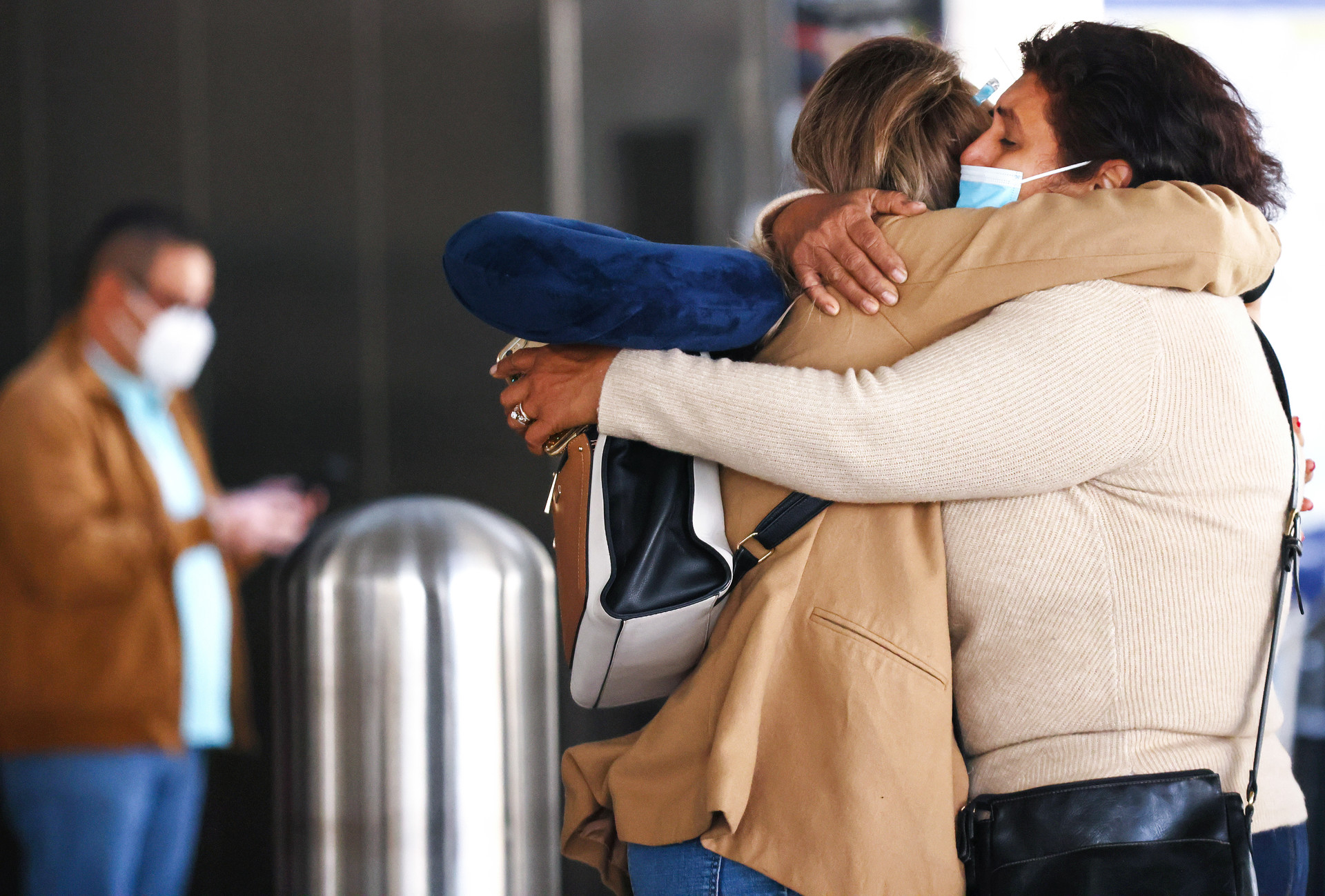
What about state-specific advice? Back on April 2, the California Department of Public Health released revised COVID-19 travel guidance for both residents and travelers to the state, removing previous guidelines that asked Californians to travel no further than 120 miles from their homes. The revised guidelines still urge unvaccinated Californians to "avoid non-essential travel outside of California, to other states or countries."
The short version: The CDC now says travel is OK once you're fully vaccinated, but you'll still need to mask in transit.
